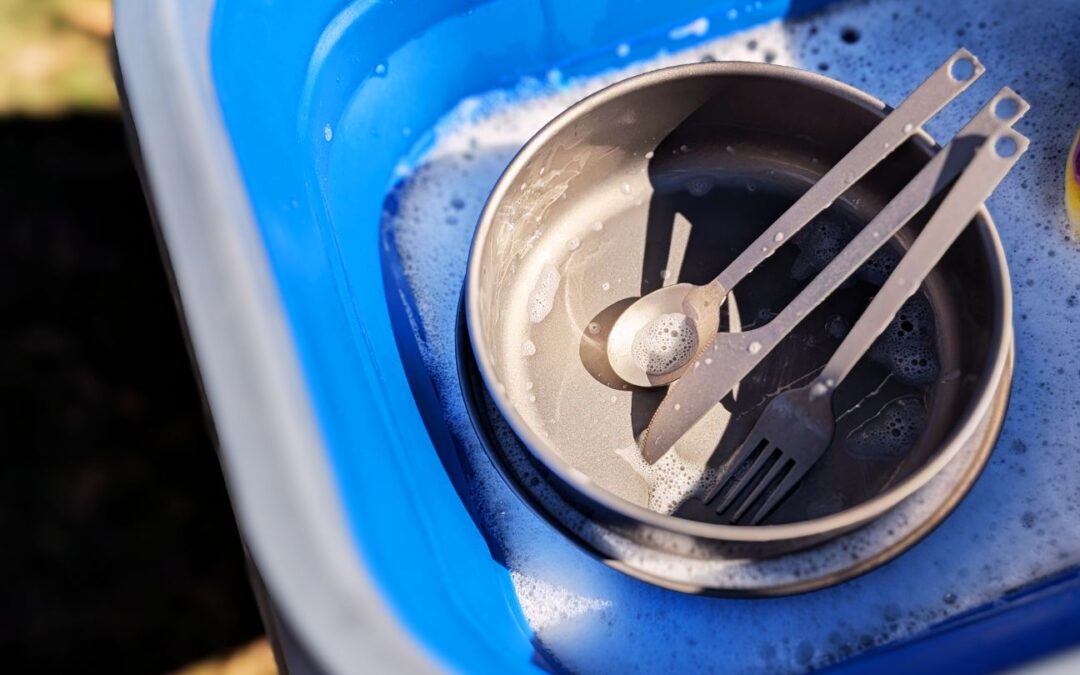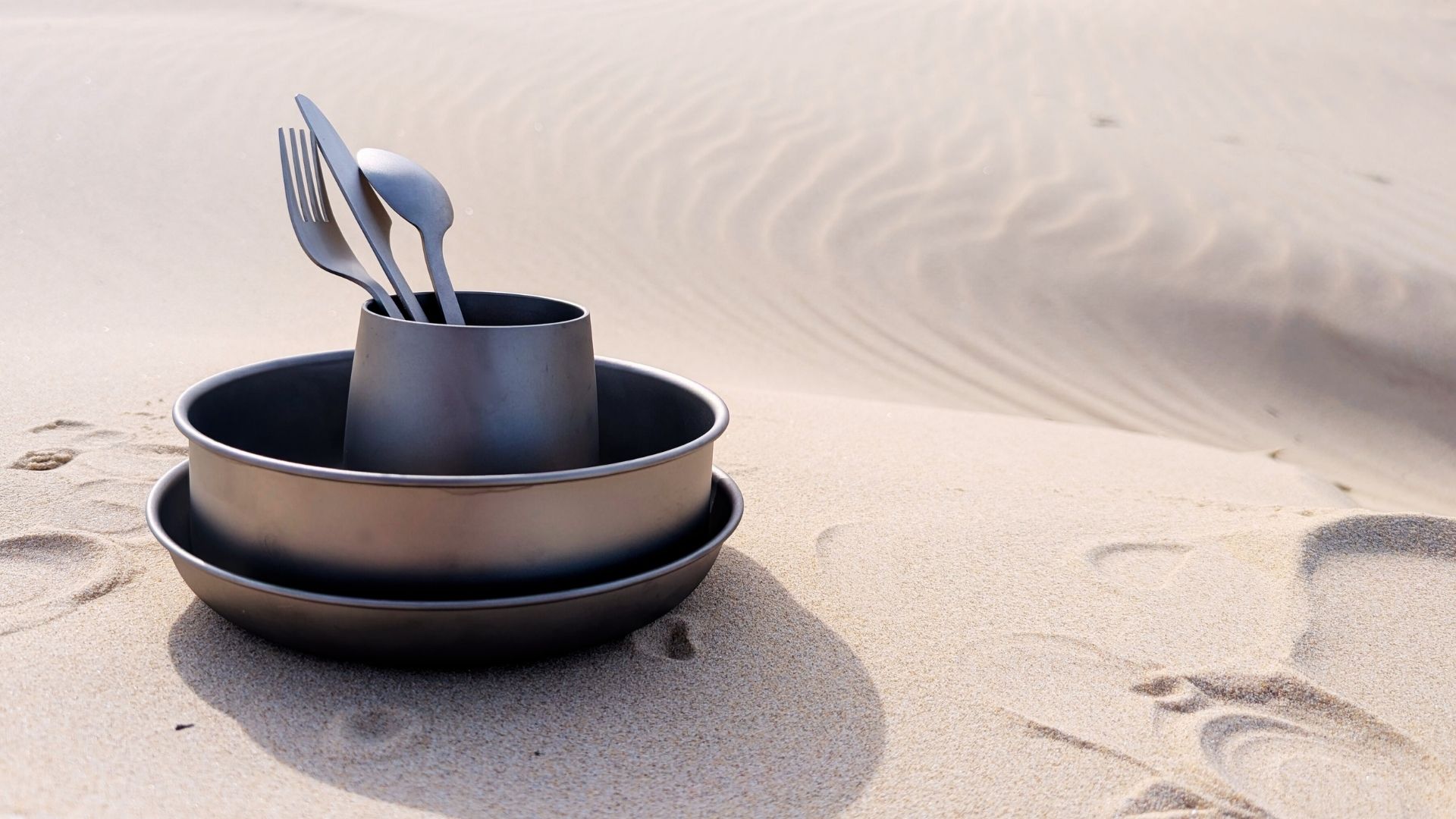1. Being Biocompatible
Titanium has long been trusted in medicine, from the coronary stents that keep hearts beating, dental implants replacing the missing tooth, to the screws and artificial joints that knit bones together. It’s chosen because it’s biocompatible, meaning the body doesn’t reject it. It doesn’t rust, it doesn’t leach, it doesn’t irritate, and the body welcomes it.
And if it’s safe enough to sit in your chest or your jaw for decades, imagine what that means for your daily usage. There’s no metallic aftertaste, no corrosion when vinegar touches the surface, no worry about toxins seeping into food. It’s even kind to sensitive teeth and baby mouths.
Out in the wild, that same purity carries over. Salt spray at the beach, acid from fruit, years of use in every season, titanium stays steady, unchanged. Unlike plastics or coated cookware, there are no flakes, no microplastics, no hidden residues to creep into your meal. And when its long journey with you is finally done, it doesn’t end in landfill, titanium is endlessly recyclable, ready to begin again.
2. Featherlight Strength
Every camper has tried different plates and cups. Plastic feels light in the hand, but it warps in heat and cracks under pressure. Enamel carries that nostalgic charm, but chip the edge once and rust sneaks in. Stainless steel is sturdy but weighs heavy in your pack. Wheat straw and bamboo fibre promise “eco-friendly,” yet they age quickly, softening, staining, and shedding microplastics with time. Tempered glass? Beautiful on a picnic table, but a single knock on the rocks and it’s gone.
Titanium stands apart. It carries the lightness of plastic without fragility, the durability of stainless without the weight, the purity of glass without the risk of shattering. It doesn’t chip, flake, or crumble. It simply endures, year after year, season after season.
When you lift a titanium bowl, it almost feels like a trick. How can something this featherlight be this reliable? But that’s the paradox: titanium is the gear you barely notice in your bag, yet always notice when it’s time to eat.
3. The Long Game
Titanium asks more at the checkout, but far less from the earth.
Think of the cycle most gear lives through: cheap plastic bowls that crack after a season, enamel chipped and rusting in a year, stainless dented and replaced, bamboo fibre breaking down and tossed in the bin. Each one ends in landfill, and each replacement means more energy, more shipping, more waste.
Titanium shifts that story. It may take more energy to shape in the beginning, but what you get is a companion built to last decades. One plate instead of ten. One cup instead of a dozen. A single fork that won’t crumble, corrode, or leach. And when its long journey finally ends, titanium doesn’t become trash, it’s melted, remade, reborn.
So yes, titanium costs a little more today. But over a lifetime, it saves you money, and it saves the planet from the churn of disposable gear. That’s the real value: investing once, carrying always, leaving less behind.
And if the day ever comes when you part ways with it, pass it on. Hand a plate down to your furbabies, donate bowls to a shelter, let someone else enjoy a drink or a meal without microplastics tagging along.

